The invisible characteristic of chronic pain makes up a huge part of chronic pain’s battle.
This very invisible quality that I loathe for not communicating my hell, but love because I can somewhat fool the general public and resemble my old self, also provides another horrendous scenario. It allows the blatant abuse from insurers who use the invisible quality to their advantage avoiding the payment of rightful compensation to those owed it… yes, those like me!
But my point with this post is that so many would label Frida’s wardrobe as ‘beautiful’ when really it was a communication method that screamed her daily torment. Need I state, I so relate to this…
Original post Michael Hoppen Gallery
Frida by Ishiuchi Miyako (2013) is a photographic record of Mexican artist Frida Kahlo’s wardrobe and belongings. Following Kahlo’s death in 1954 her husband Diego Riviera began placing her personal effects into the bathroom of their Mexico City house, “The Blue House“, which later became the Museo Frida Kahlo. Riviera gave instructions that this room should remain sealed until fifteen years after his death and it in fact remained unopened until 2004 when the museum decided to organise and catalogue the contents. Ishiuchi Miyako was invited to photograph these artefacts, over 300 unseen relics of Kahlo’s life.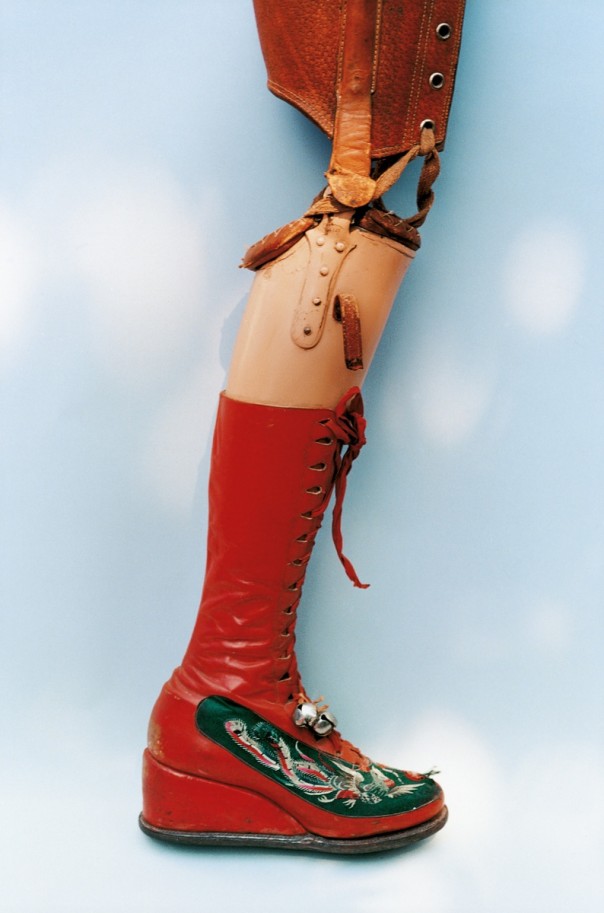 As a project Frida is both a departure from Ishiuchi Miyako’s normal practice and a natural conceptual progression. While moving away from the Japanese subject matter of her earlier series, the work reveals Ishiuchi Miyako’s continued obsession with the traces we leave behind both as individuals and as a society. In her earlier series, Mother’s (2000-2005) and ひろしま/ Hiroshima (2007-), she photographed previously worn garments, evoking the lives and memories of the people who wore them as well as the social climate of post-war Japan. In documenting Frida, Ishiuchi Miyako again respectfully sifts through the ephemera left behind by an individual and in doing so makes intimate revelations about one of the twentieth century’s greatest artists. Frida Kahlo (1907 -1954) was an invalid throughout her life. Having protracted polio as a child she was then involved in a near fatal bus accident at the age of 18, which resulted in numerous surgical interventions. In the aftermath of her accident Khalo constructed her iconic wardrobe to camouflage her physical ailments. Ishiuchi Miyako’s images document the traditional Tehuana dresses that both concealed the damage to her lower body and acted as a feminist salute to the matriarchal society from which they are derived. * Through her photographs Ishiuchi came to recognise the parallel between these traditional garments and the kimonos of her own country, an “ephipany” that is evident in the images themselves. Throughout the photographs there is a particular awareness, a tenderness that is inherent to a woman looking through another woman’s intimate possessions. As she painstakingly catalogues the chic of Kahlo’s sunglasses, the intimacy of her darned tights and the corsets that were to be the armature by which she survived.
As a project Frida is both a departure from Ishiuchi Miyako’s normal practice and a natural conceptual progression. While moving away from the Japanese subject matter of her earlier series, the work reveals Ishiuchi Miyako’s continued obsession with the traces we leave behind both as individuals and as a society. In her earlier series, Mother’s (2000-2005) and ひろしま/ Hiroshima (2007-), she photographed previously worn garments, evoking the lives and memories of the people who wore them as well as the social climate of post-war Japan. In documenting Frida, Ishiuchi Miyako again respectfully sifts through the ephemera left behind by an individual and in doing so makes intimate revelations about one of the twentieth century’s greatest artists. Frida Kahlo (1907 -1954) was an invalid throughout her life. Having protracted polio as a child she was then involved in a near fatal bus accident at the age of 18, which resulted in numerous surgical interventions. In the aftermath of her accident Khalo constructed her iconic wardrobe to camouflage her physical ailments. Ishiuchi Miyako’s images document the traditional Tehuana dresses that both concealed the damage to her lower body and acted as a feminist salute to the matriarchal society from which they are derived. * Through her photographs Ishiuchi came to recognise the parallel between these traditional garments and the kimonos of her own country, an “ephipany” that is evident in the images themselves. Throughout the photographs there is a particular awareness, a tenderness that is inherent to a woman looking through another woman’s intimate possessions. As she painstakingly catalogues the chic of Kahlo’s sunglasses, the intimacy of her darned tights and the corsets that were to be the armature by which she survived.
…a woman who used fashion to channel her physical difficulties into a courageous statement of identity, strength and beauty
Many friends noted that the more incapacitated Kahlo became the more elaborate her costumes. Throughout her life she decorated her casts and corsets elevating them from medical necessities to visual armour. The final blow was the amputation of her leg in 1953, from which she never recovered. Even in this affliction she designed a prosthetic leg adorned with a boot covered in chinese embroidery and a little bell. Captured in natural light with a 35mm Nikon, Ishiuchi Miyako’s portrayal of these objects can seem deceptively simple. Reviewed together however these relics become a composite “portrait”, an insight into a woman who used fashion to channel her physical difficulties into a courageous statement of identity, strength and beauty.
Ishiuchi Miyako knew very little of Frida Kahlo, the artist, when she arrived in Mexico. She came to know her through her photographs, obsessing over the traces that Kahlo as a woman left on her belongings; the paint stains and stitching which bear the imprint of their owner. There are echoes of her past projects throughout, the same focus cast on the puckered darning of Frida’s wardrobe as previously seen in her documentation of her mother’s scars prior to her death. Flesh or fabric the scars are the same, in Ishiuchi Miyako’s own words she is drawn to them “because they are so much like a photograph… They are visible events recorded in the past”. As in her previous work the power of the portrait that emerges lies in the absence of the subject. The images reflect the viewer, acknowledging the fragile traces we all impart upon our environment and belongings.
* This information references the exhibition “Appearances Can be Deceiving: The Dresses of Frida Kahlo” curated by Circe Henestrosa. The exhibition proposes Kahlo’s construction of identity through disability and ethnicity and was presented at the Frida Kahlo Museum in 2012. Henestrosa invited Ishiuchi Miyako to document this intimate archive at the Frida Kahlo Museum in Mexico City, This collection of photographs is the result of that work.
IN CONVERSATION WITH ISHIUCHI MIYAKO
A Talk will be taking place at the gallery on 13th May.
This event is now fully booked.




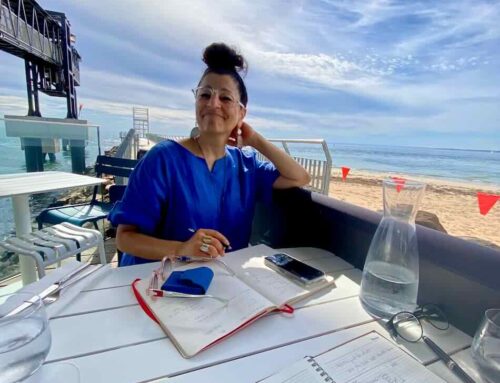

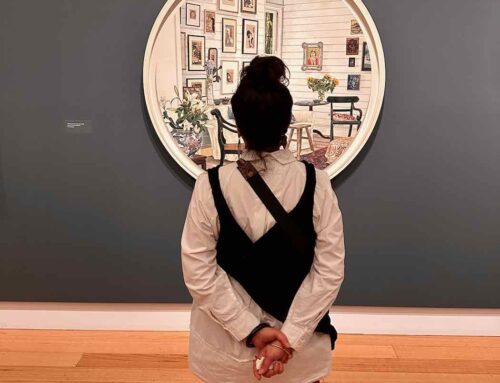
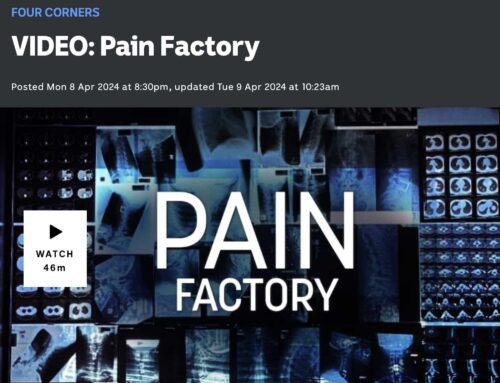

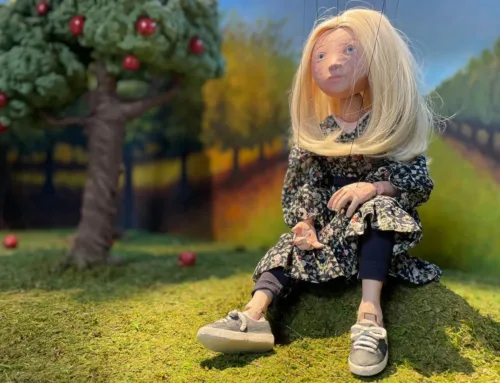
Soula, as always, your writing hits home for me. This one brought together two things that have recently been top of mind to me, the blatant abuse by insurers and the frustrations with the system in trying to make visible and understood pain that can’t be seen (or understood) by someone not experiencing it, and Frida Kahlo – who’d a thunk that another soul would have those two things going on at the same time?
The reason the two have been top of mind for me is because I’m finally reaching a settlement with worker’s compensation for my own injury and ongoing pain issues. A settlement that is supposed to cover my ‘lifetime’ medical costs but which will in reality come no where near covering the costs. It won’t cover just the medical, let alone the fact that I had to medically retire from my job, let alone the fact that my future work options are limited by my chronic pain issues. I’m not complaining about the pain – I’m doing well, I’m writing and can work from home and do the things I need to in order to manage my pain, my pain levels are improving, etc. But it’s the unjustness of it that pisses me off, not for me, I’ll be able to manage because my husband has a good job and we have good insurance (for now), but more so for all those others who are being overrun, some buried, by this unfair, biased in the favor of employers and insurers, inefficient, downright harmful system. The reason I had to settle for an amount I don’t think is an accurate reflection of future medical care is because the medical care I could receive for life for free from the system is woefully inept and cumbersome. It’s frustrating.
So I’ll be happy to be down with them. They may have ‘won’ financially but I will win in the long run by receiving the care I need when I need it, rather than the doubt, the hassle, the blame, the ineptitude, the outdated care paradigms, the stress, the continual fight for what’s right. This may be seen as giving in, but for me it’s moving on. I am thankful for those who continue the fight and I will support them, probably more effectually now that I don’t have the onus of my own struggle with the system on my shoulders, weighing me down.
Wow – said a lot more there than I meant to!
On to Frida Kahlo. Just yesterday on Facebook I posted an article on the Diego Rivera and Frida Kahlo in Detroit exhibit that is currently at the Detroit Institute of Arts and will be exhibited through July. I grew up in the suburbs of Detroit and had posted that I need to schedule a trip back to see the exhibit. I was just in Mexico City in March, as well, so Frida has been on my mind for a while now! I absolutely loved reading your post, especially in the context of my coming to terms (legally and emotionally) with the settlement in the last couple weeks (after years of trying to just get them to freakin’ settle!).
So thank you. Thank you for sharing your story, your thoughts, your insights, your inspiration. I don’t always comment but I always read your posts and I’m always touched by them.
Thank you.